Are public schools at risk of a death spiral?
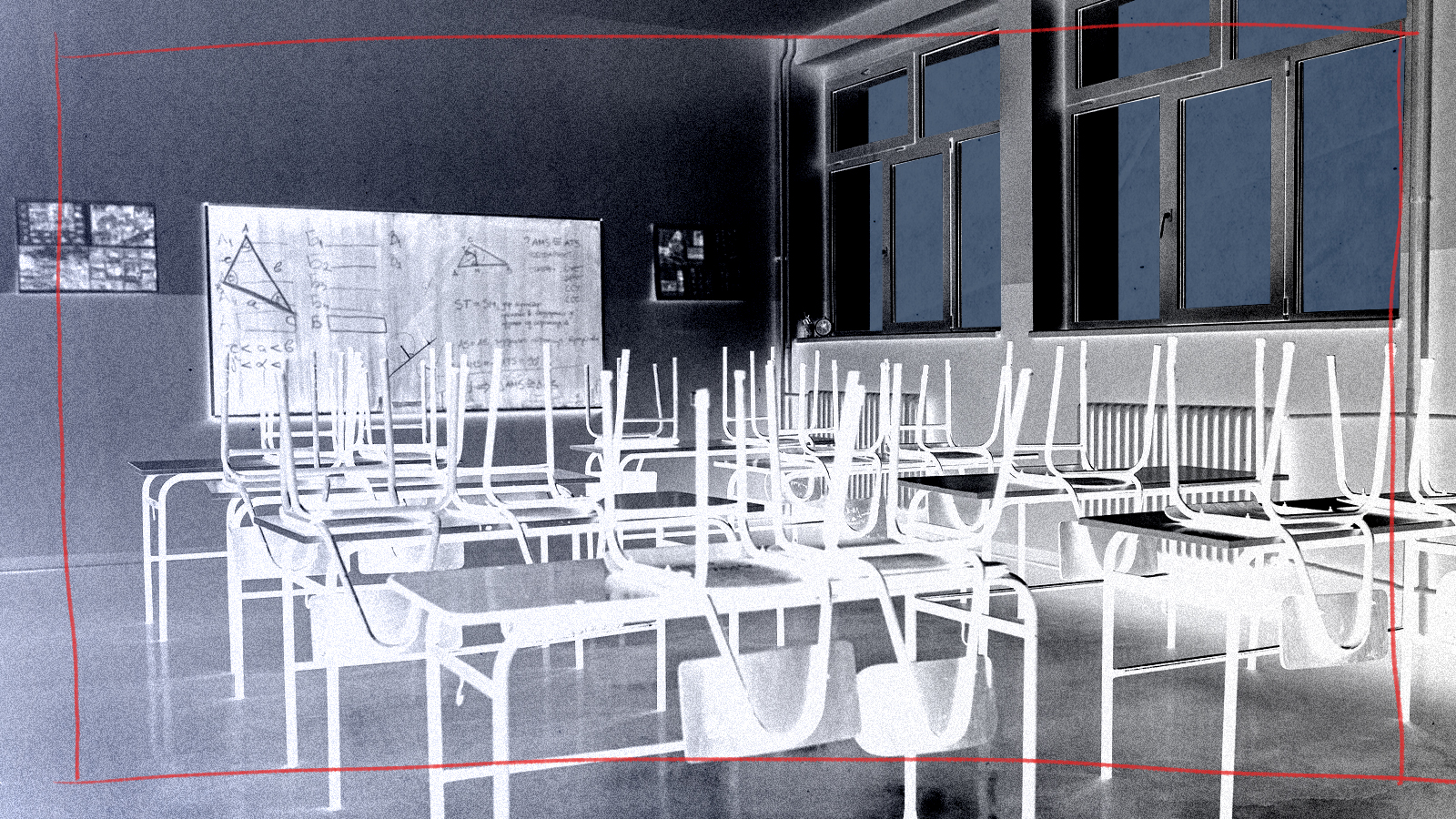
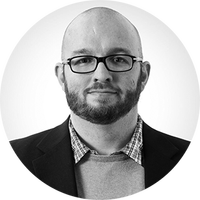
Last month, my local school district decided — suddenly, on short notice, and over the objections of many parents — to lengthen Thanksgiving break from a few days to a full week. Families were given just a handful of days to make childcare arrangements for the unexpected extra vacation.
School officials acknowledged the pain, but inisisted extra time off was needed for educators suffering from high rates of burnout: A number of teachers had quit after the school year had begun, leaving administrators scrambling to cover their classes. "The attempt is to try to prevent more teachers from leaving the profession and trying to prevent that breaking point," said the district's superintendent.
But teachers aren't the only ones dealing with burnout, and this kind of thing is happening all over. If it keeps up, it might end up wrecking America's public school system.
The Week
Escape your echo chamber. Get the facts behind the news, plus analysis from multiple perspectives.

Sign up for The Week's Free Newsletters
From our morning news briefing to a weekly Good News Newsletter, get the best of The Week delivered directly to your inbox.
From our morning news briefing to a weekly Good News Newsletter, get the best of The Week delivered directly to your inbox.
The New York Times reports that schools across the country are reducing in-person classroom time. Detroit's schools are closed on Fridays, with only remote instruction offered. The same thing is happening in the suburbs of Salt Lake City. And schools in Seattle and Florida also extended their Thanksgiving breaks. As in my district, many of these reductions in classroom time are a reaction to pandemic-fueled teacher attrition. "What you hear from teachers is that it's been too much," said Randi Weingerten, who heads the American Federation of Teachers. "And they're trying the best that they can."
Even schools that stay open are running into trouble. Last month, parents in a Minnesota school district protested after discovering their kids were being forced to eat lunch outside in cold temperatures as a COVID mitigation method. On Wednesday, New York Times columnist Michelle Goldberg tweeted that children in her daughter's school were largely being forced to do the same — and that the vaxxed kids allowed to eat inside weren't allowed to talk to each other.
The potential for backlash here is obvious. Glenn Youngkin's recent win in Virginia's gubernatorial race, a largely unanticipated victory for Republicans, was partly driven by parental anger over COVID-driven school closures. The real risk isn't that Democrats will lose elections, however, but that families will look for alternatives to public schools, sending some districts into a death spiral. There are signs that has already started: Private schools — which tended to remain open during the first year of the pandemic — have seen their enrollments rise.
Families with fewer resources may soon get to join the rush: Supreme Court justices indicated Wednesday they're prepared to rule that states which already make some funds available for kids who go to nonsectarian private schools must do the same for families who choose religious schools. That prospect makes progressives angry, but it suggests many parents will soon have expanded educational options.
A free daily email with the biggest news stories of the day – and the best features from TheWeek.com
Options can be good, but public schools have deservedly been called "America's greatest success story." Right now they're struggling. The danger is that those struggles will send families fleeing and that success will be no more.
Joel Mathis is a writer with 30 years of newspaper and online journalism experience. His work also regularly appears in National Geographic and The Kansas City Star. His awards include best online commentary at the Online News Association and (twice) at the City and Regional Magazine Association.
-
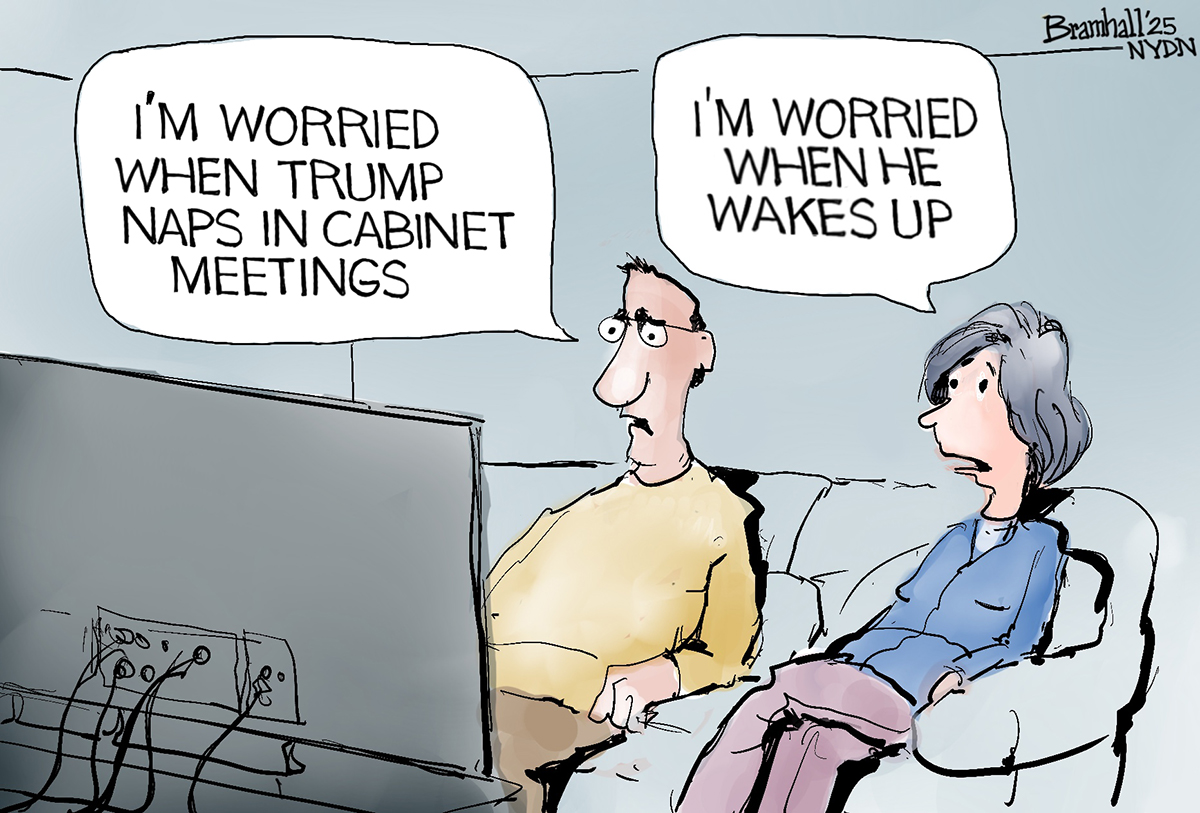 5 sleeper hit cartoons about Sleepy Don
5 sleeper hit cartoons about Sleepy DonCartoon Artists take on cabinet meetings, a sleepy agenda, and more
-
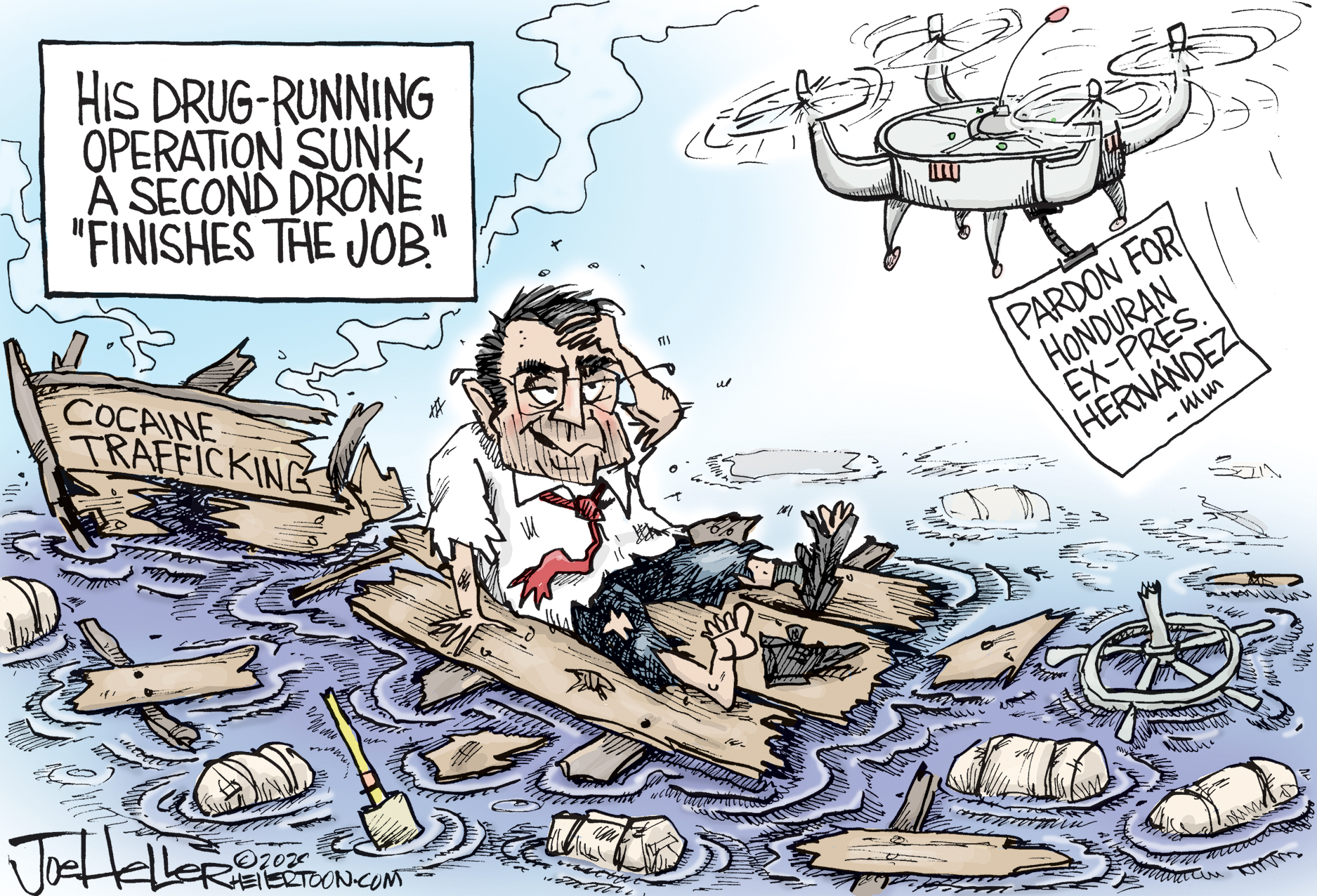 Political cartoons for December 6
Political cartoons for December 6Cartoons Saturday’s political cartoons include a pardon for Hernandez, word of the year, and more
-
 Pakistan: Trump’s ‘favourite field marshal’ takes charge
Pakistan: Trump’s ‘favourite field marshal’ takes chargeIn the Spotlight Asim Munir’s control over all three branches of Pakistan’s military gives him ‘sweeping powers’ – and almost unlimited freedom to use them
-
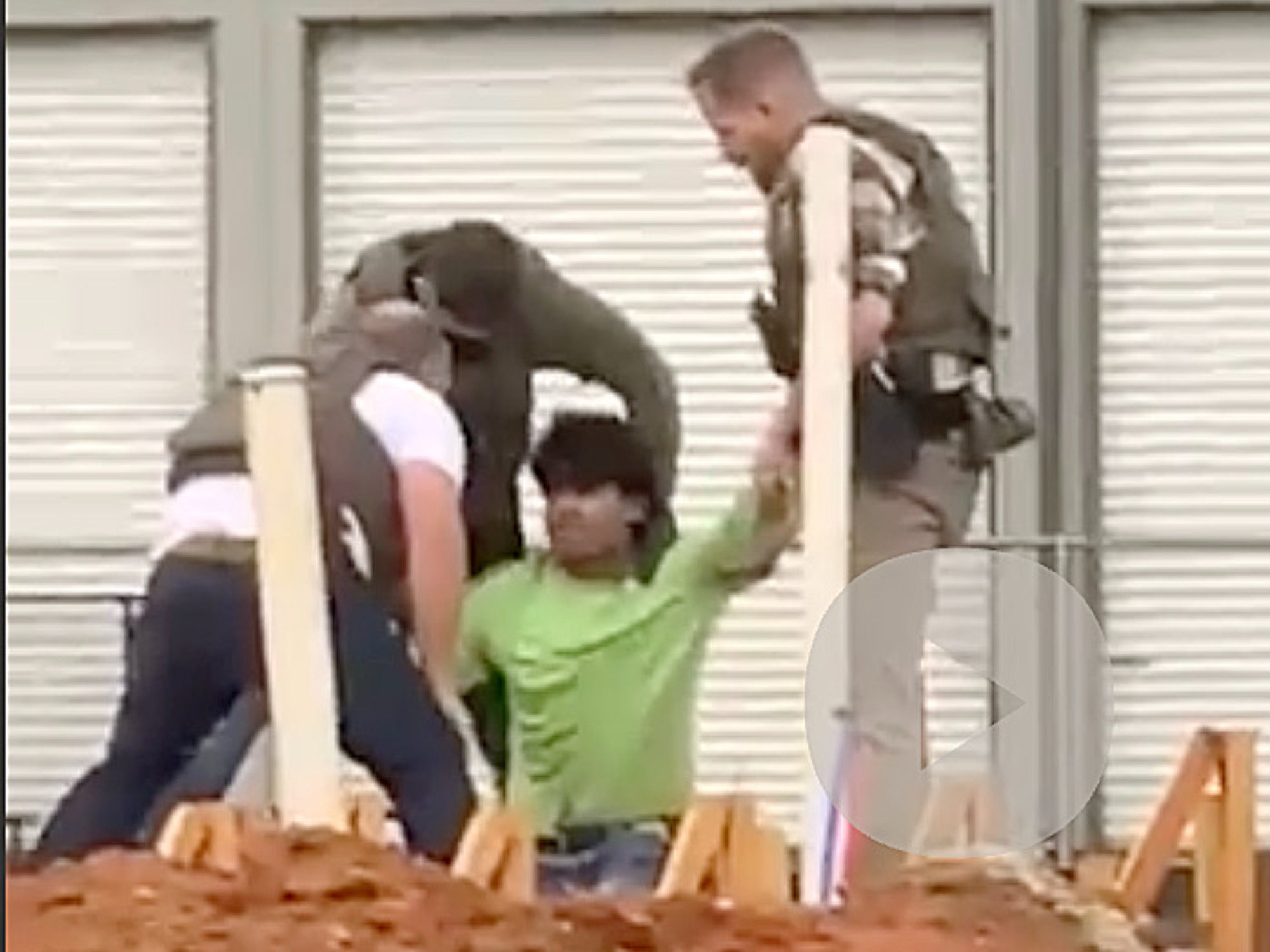 The ‘Kavanaugh stop’
The ‘Kavanaugh stop’Feature Activists say a Supreme Court ruling has given federal agents a green light to racially profile Latinos
-
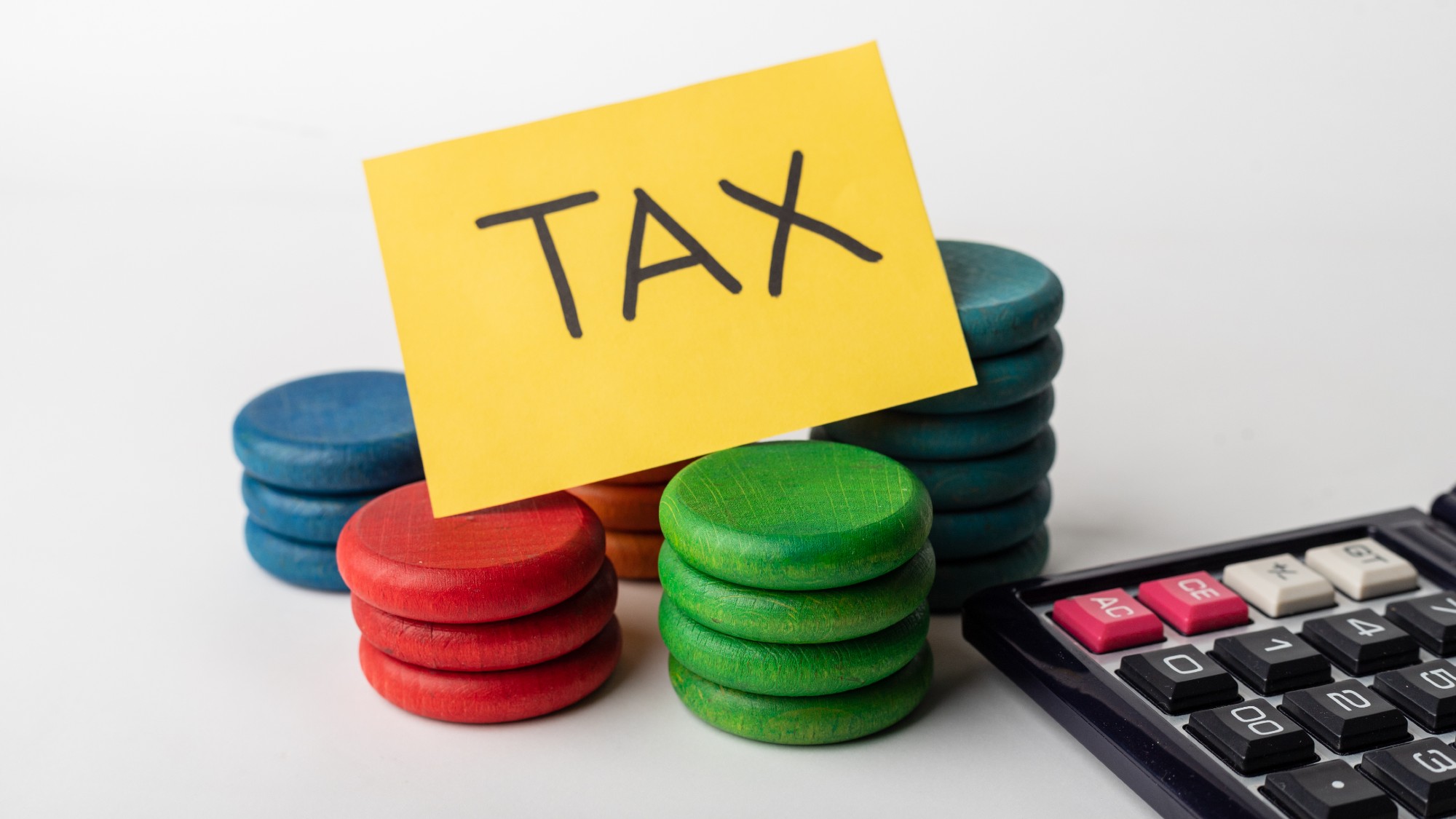 Will California tax its billionaires?
Will California tax its billionaires?Talking Points A proposed one-time levy would shore up education and Medicaid
-
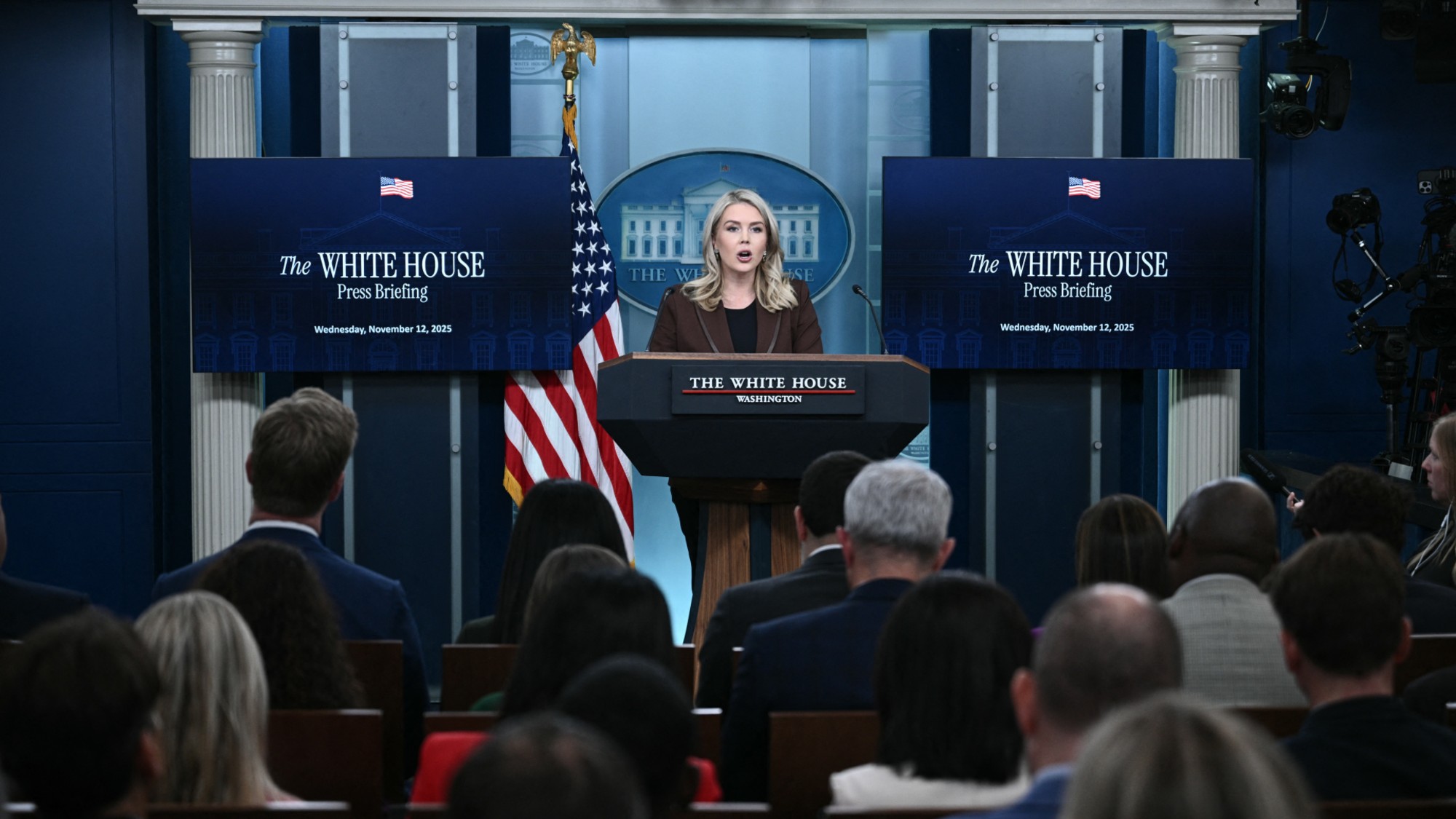 A free speech debate is raging over sign language at the White House
A free speech debate is raging over sign language at the White HouseTalking Points The administration has been accused of excluding deaf Americans from press briefings
-
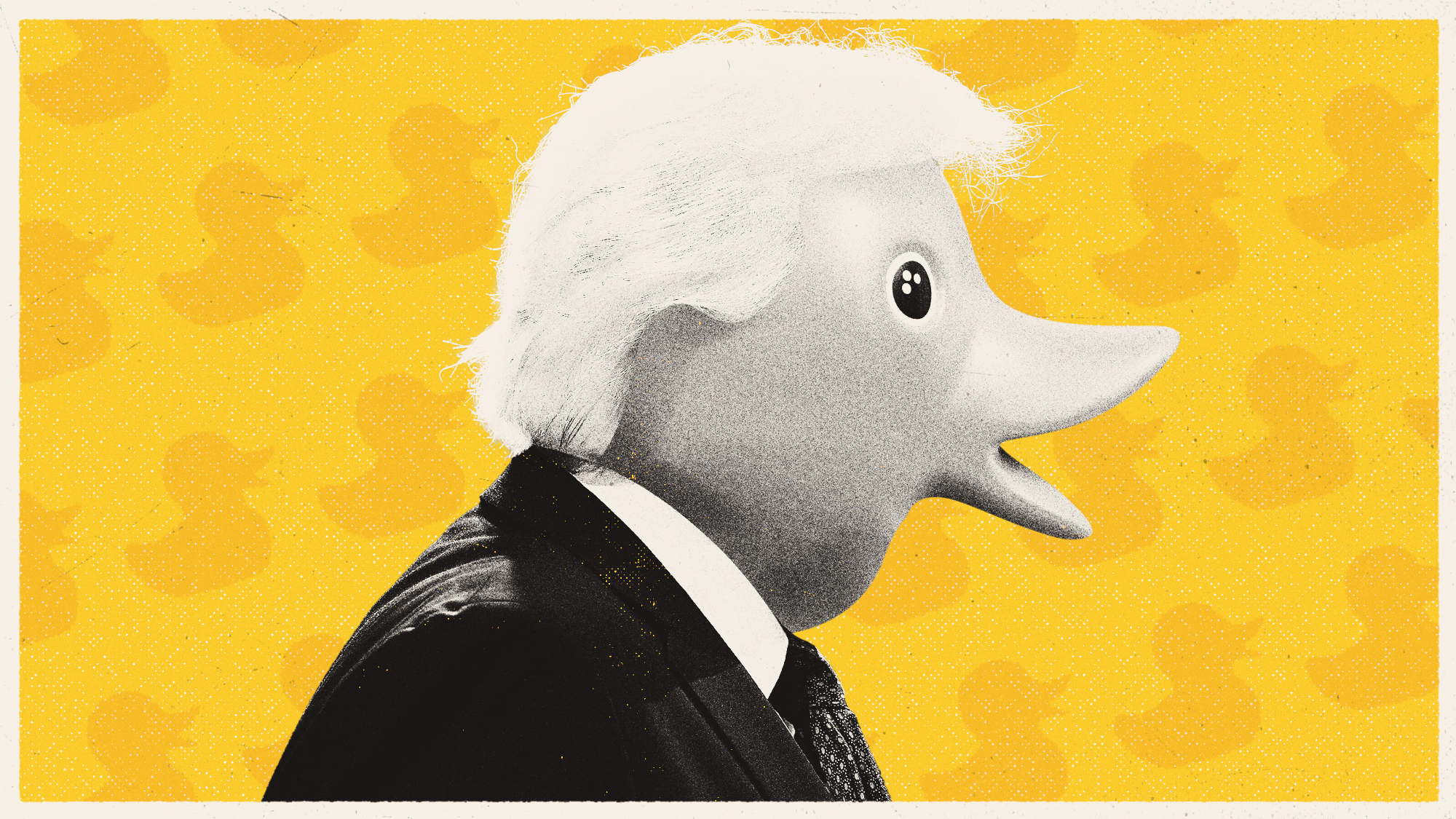 Is Trump a lame duck president?
Is Trump a lame duck president?Talking Points Republicans are considering a post-Trump future
-
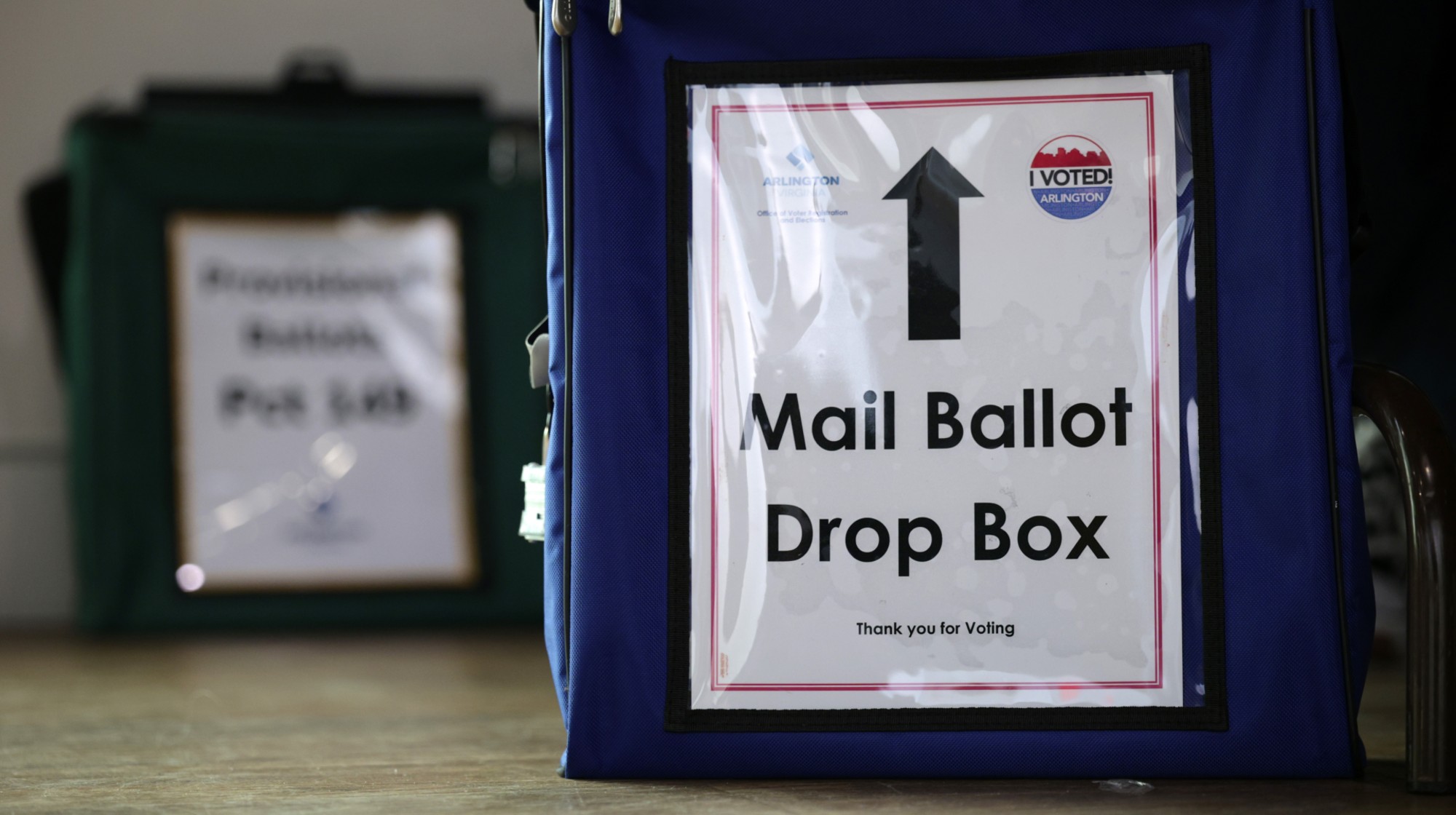 Supreme Court to decide on mail-in ballot limits
Supreme Court to decide on mail-in ballot limitsSpeed Read The court will determine whether states can count mail-in ballots received after Election Day
-
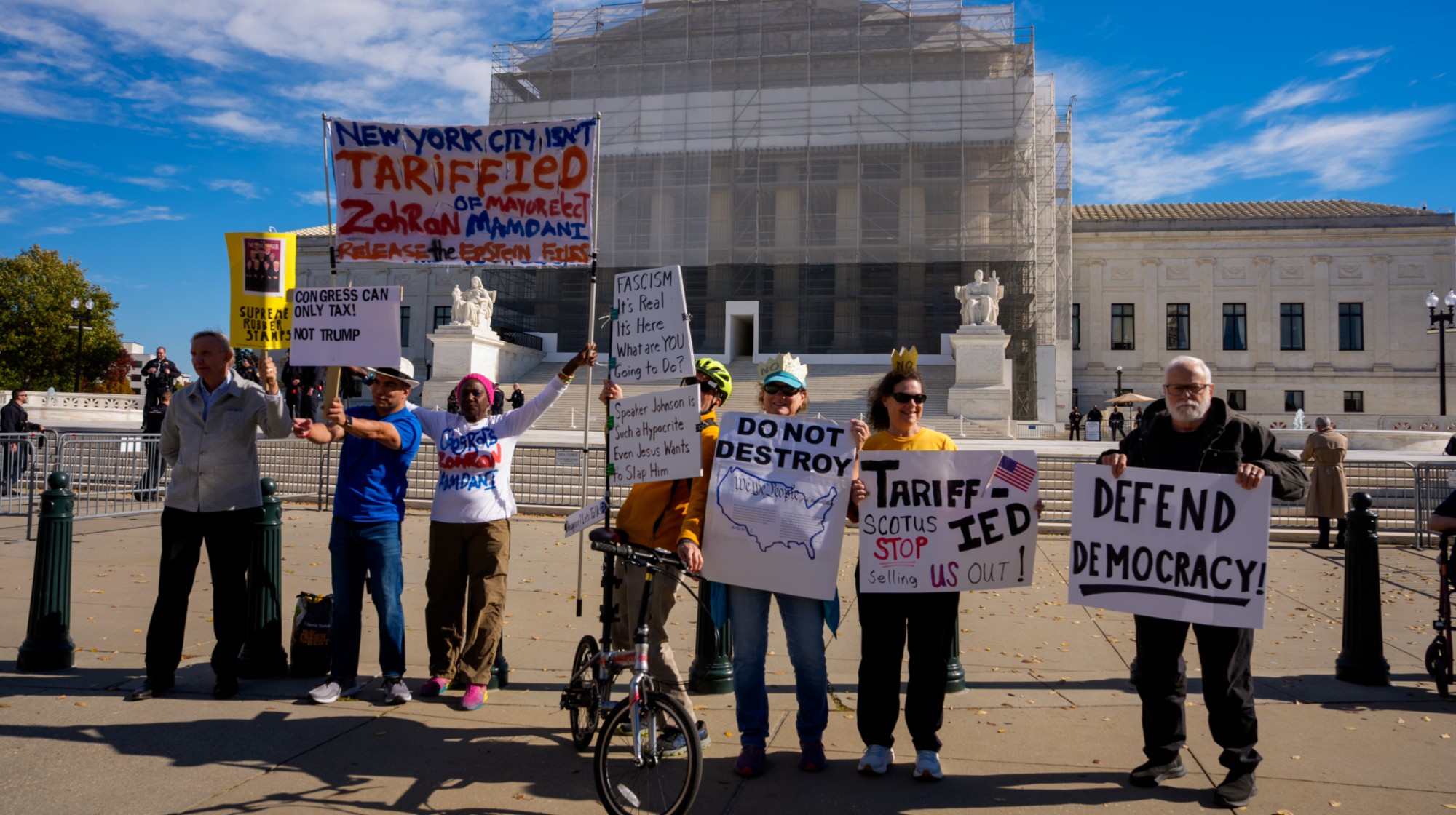 Trump tariffs face stiff scrutiny at Supreme Court
Trump tariffs face stiff scrutiny at Supreme CourtSpeed Read Even some of the Court’s conservative justices appeared skeptical
-
 Has Zohran Mamdani shown the Democrats how to win again?
Has Zohran Mamdani shown the Democrats how to win again?Today’s Big Question New York City mayoral election touted as victory for left-wing populists but moderate centrist wins elsewhere present more complex path for Democratic Party
-
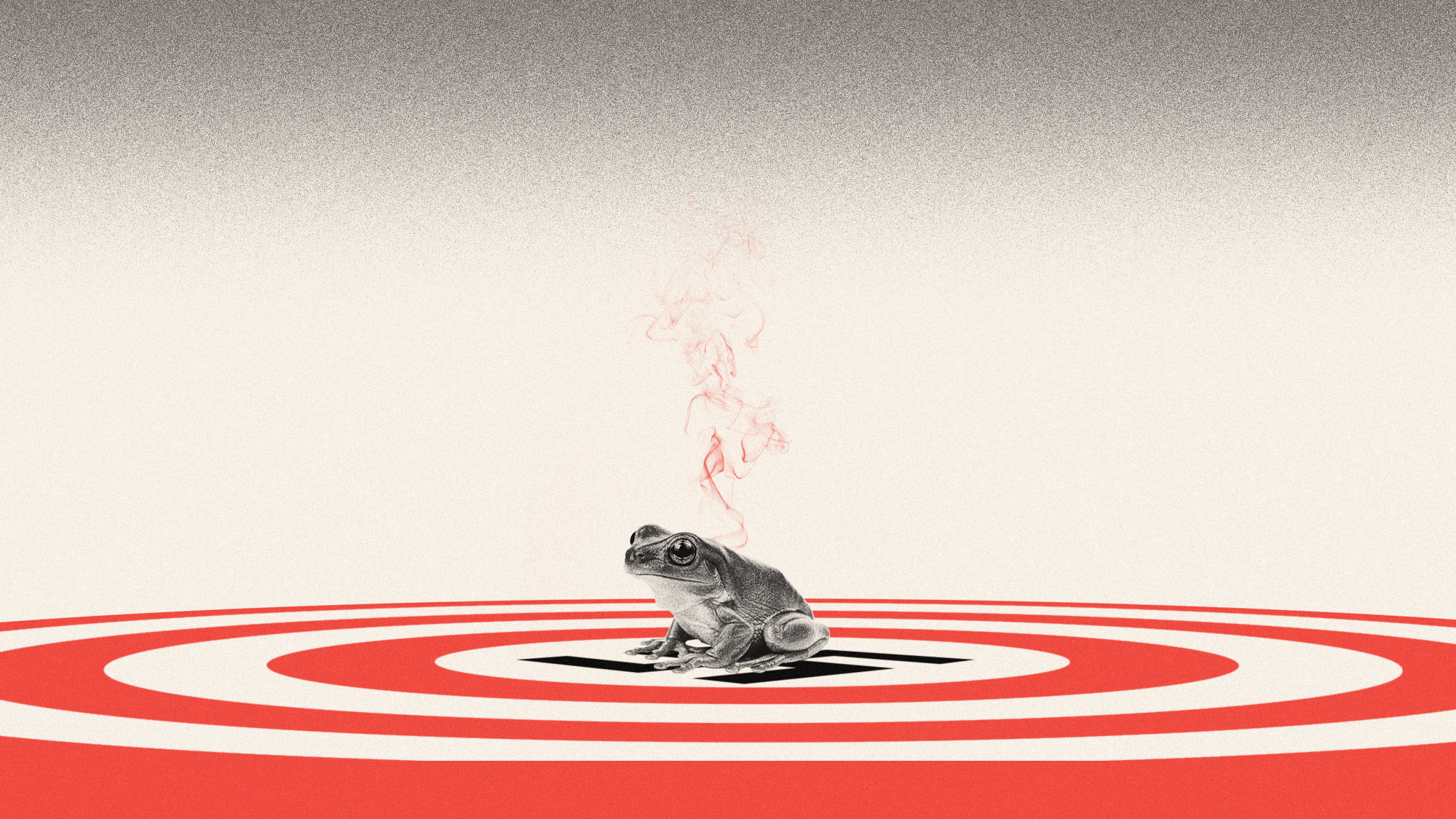 Nick Fuentes’ Groyper antisemitism is splitting the right
Nick Fuentes’ Groyper antisemitism is splitting the rightTalking Points Interview with Tucker Carlson draws conservative backlash
